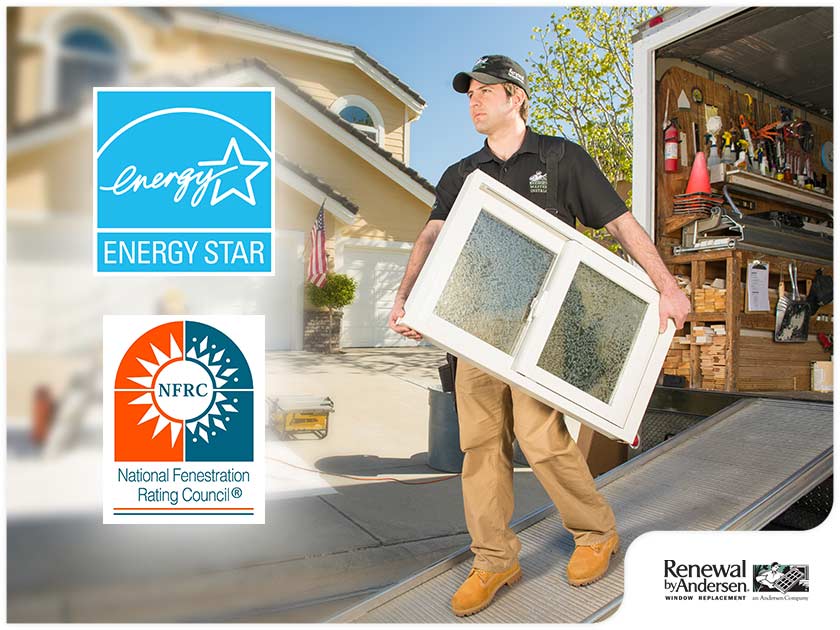

When you’re looking for new windows or doors, there are two labels you should look out for. One is the white National Fenestration Rating Council® label, and the other is the ENERGY STAR® label. The reasoning behind this is that the energy performance of all ENERGY STAR-qualified windows and doors must be tested and certified by the NFRC. But what’s the difference between them, exactly?
While the ENERGY STAR label on a window or a door means it has met the strict energy efficiency criteria set by the U.S. government, they still need to be tested and certified for its actual energy performance. This is where the NFRC comes in. You’ll get your money’s worth if your windows have both the ENERGY STAR and the NFRC label.
The NFRC is a nonprofit organization that’s recognized by the industry as the certifying body for windows and doors. They’re responsible for the rating, certification, and labeling needed to help the consumers compare the energy performance of windows and doors. They’re not responsible for setting the minimum performance standards or mandate performance levels, which means you won’t find any “good” or “bad” ratings from NFRC, since ENERGY STAR already helps identify NFRC-certified products with its energy performance.
The NFRC label can be found on all ENERGY STAR-certified windows and doors, and they’re usually listed with five measurements. These can help you judge on how much a particular window or door performs in a given application, such as how much light it lets in.
U-Factor
Range: 0.20 to 1.20
This measures the rate of heat transfer and tells you how well the window insulates. The lower the number, the better an insulator the window or door is.
Solar Heat Gain Coefficient (SHGC)
Range: 0 to 1
This measures the fraction of solar energy transmitted and tells you how well the product blocks heat caused by the sunlight. The lower the number, the less solar radiation and heat the window or door allows inside.
Visible Transmittance
Range: 0 to 1
This applies to windows and patio doors. Visible transmittance is the amount of light a window allows to pass through. A lower number means the room will be dimmer; a higher number means the room will be brighter. Check the VT numbers if you’re looking to reduce glare in a room or fill it with natural light, but be warned that a very low VT may mean you have to use artificial lighting even during the day.
Air Leakage
Range: N/A (but 0.3 is standard building code)
This measures how much air passes through the product’s joints. The lower the number, the more airtight the window or door. Keep in mind that ENERGY STAR standards don’t really consider air leakage because it’s difficult to measure accurately and can change over time as the frame materials expand, contract or warp in place.
Condensation Resistance
Range: 1 to 100
This measures how well a given window or door resists moisture build up. The lower the number, the more condensation the window or door allows to build up. Just remember that ENERGY STAR-rated windows tend to resist condensation well, so this number won’t likely affect your purchase decision.
When you need to have a professional door or window replacement, consider hiring Renewal by Andersen® of New Jersey. Call us today at (866) 609-5033, or you can also contact us through our convenient online form. We serve New Jersey and surrounding areas.